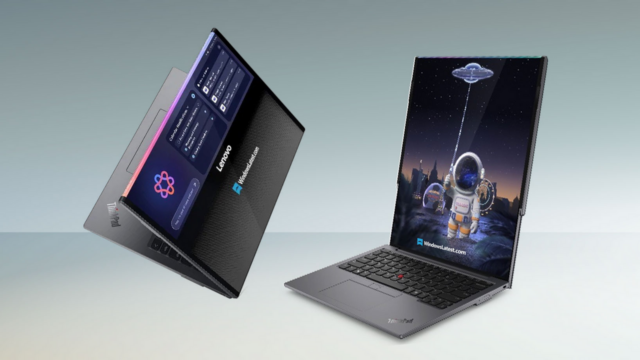Samsung’s next-generation foldable phone, the Galaxy Z Fold 7, surpassed its predecessors in battery life tests. Despite its larger screen size, the device offered the same battery capacity. However, independent tests revealed that the Fold 7 outperformed expectations thanks to its hardware efficiency.
Samsung Galaxy Z Fold 7 Battery Test
The Galaxy Z Fold 7 was subjected to a comparative battery test by the YouTube channel Lover of Tech, alongside the Fold 6 and Fold 5. The test involved various scenarios, including recording 4K video, livestreaming on Instagram, browsing TikTok, playing YouTube videos, and listening to music. The Fold 7 achieved the highest performance in these tests with 5 hours, 36 minutes, and 31 seconds of screen-on time.
Under the same conditions, the Fold 6 delivered 5 hours, 15 minutes, and 15 seconds of screen-on time, while the Fold 5 failed the test with only 4 hours, 32 minutes, and 17 seconds. The Galaxy Z Fold 7 offered approximately 21 minutes more screen-on time compared to the Fold 6, demonstrating the increased efficiency despite having the same battery capacity. Compared to the Fold 5, the difference of approximately one hour was notable.
In terms of temperature, the Galaxy Z Fold 7 also experienced the least heat under load. This result is attributed to the device’s larger surface area and the Snapdragon 8 Elite processor. The Fold 7’s next-generation processor significantly contributes to both performance and energy efficiency.
However, the device’s battery size remains limited compared to competing models. Devices like the Vivo X Fold 5 and Honor Magic V5 launched with similarly thin batteries reaching 6000 mAh. These models, on paper, promise significantly longer battery life.
While the Galaxy Z Fold 7 offers a significant improvement in battery performance compared to its predecessors, it remains at a significant disadvantage in the industry-wide battery competition. While the device offers an incremental improvement for existing users, the balance point becomes debatable when compared to the technical advantages offered by its competitors.



 Shiftdelete.net
Shiftdelete.net









